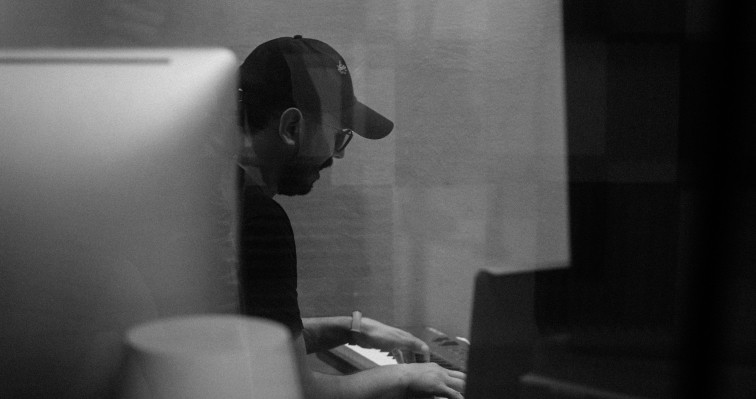How Does Dante Controller Calculate And Display Latency?
Latency is measured by the receiving device, not by Dante Controller itself. Each audio packet is timestamped at the transmitter (TX) as it leaves the network interface. Since both the TX and RX devices share a synchronized clock, the receiver can compare the packet’s transmit timestamp with the time it actually arrives locally. The difference between those two times is the latency. That measurement is then made available to Dante Controller, which displays it on the latency graph.
Q. Does Dante Controller Receive The Audio Packets Directly To Show This Information?
No. Dante Controller never captures or inspects audio packets. Instead, the receiving device internally measures latency and maintains statistics such as latency samples, jitter, and packet arrival status. Dropped packets are unreported, since the receiver is unaware of these. Dante Controller simply polls the device for this measurement data over the Dante control protocol and presents it to the user.

